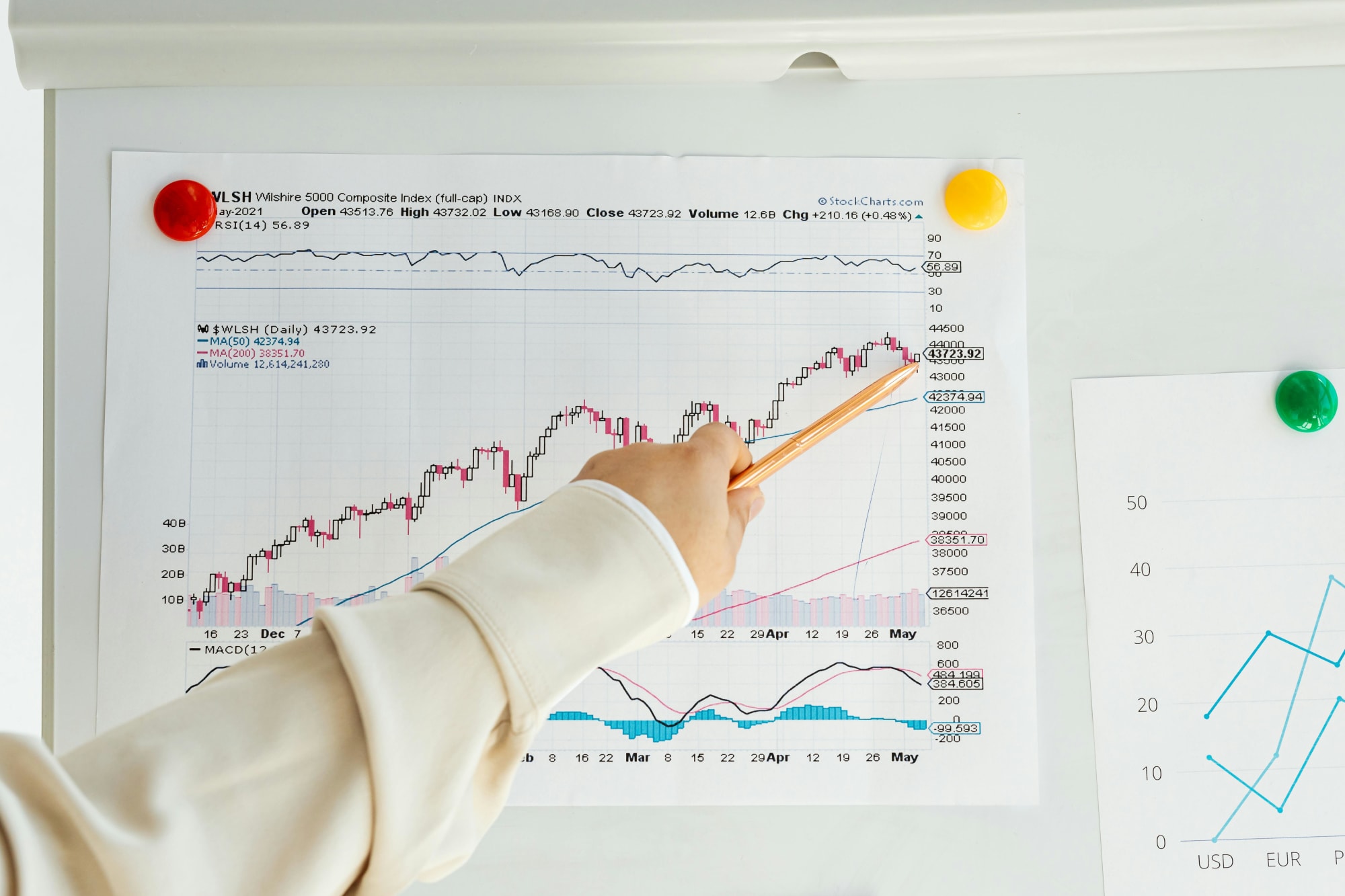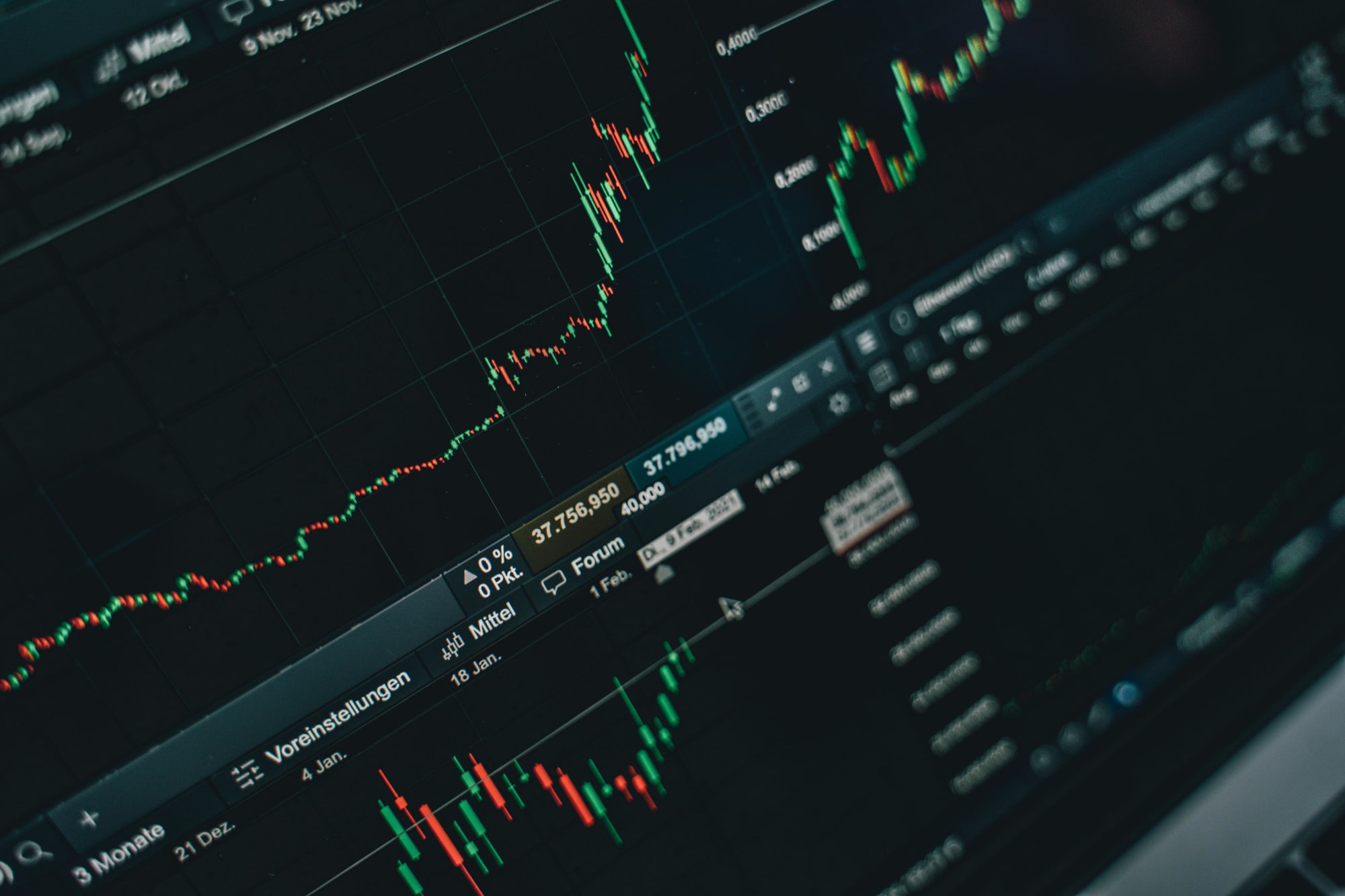Invest
Unemployment rate falls to pre-GFC low
The ABS has reported the lowest unemployment rate since 2008.
Unemployment rate falls to pre-GFC low
The unemployment rate fell 0.5 percentage points to 4.2 per cent in December, according to the Australian Bureau of Statistics (ABS), increasing expectations that the Reserve Bank may bring forward its plans to lift interest rates.
“This is the lowest unemployment rate since August 2008, just before the start of the Global Financial Crisis and Lehman Brothers collapse, when it was 4.0 per cent,” said ABS head of labour statistics Bjorn Jarvis.
“This is also close to the lowest unemployment rate in the monthly series – February 2008 – and for a rate below 4.0 we need to look back to the 1970’s when the survey was quarterly.”
Economists from ANZ and the Commonwealth Bank (CBA) have forecast that wages growth will accelerate to 3 per cent year-on-year by the second half of 2022, a major factor in determining the Reserve Bank’s decision to lift interest rates.

“The key issues now are how disruptive and how long the latest outbreak proves to be,” said CBA senior economist Kristina Clifton.
“Unlike during other outbreaks the government has not announced any additional support measures for households and businesses as no lockdowns have been put into place. This could prove problematic if significant disruption is not short lived.”
However, CBA said that the balance sheets of households and businesses were generally in good shape following previous government support and card spending data indicated a smaller dip in spending compared to lockdown periods.
According to the ABS, 64,800 new jobs were created during December, including 32,000 in NSW and 25,000 in Victoria.
“The latest data shows further recovery in employment following the large 366,000 increase in November,” Mr Jarvis said.
“This provides an indication of the state of the labour market in the first two weeks of December, before the large increase in COVID cases later in the month.”
The underemployment rate fell 0.8 percentage points to 6.6 per cent, the lowest level since November 2008, while hours worked increased by 1 per cent.
“The continued recovery in employment was also seen in strong increases in hours worked, as people continued to return to work in December,” said Mr Jarvis.
“The number of employed people who worked no hours due to economic and other COVID-related reasons fell from 138,000 people down to 85,000 people and was lower than in May.”

Economy
RBA's hawkish stance reflects inflation concerns, State Street economist comments
In a recent statement, the Reserve Bank of Australia (RBA) has signaled a hawkish stance on interest rates, drawing insights from financial experts about the implications for Australia's economic ...Read more

Economy
Navigating the inflation maze: How CFOs can outsmart economic hurdles in Australia
Fresh inflation data have cooled expectations of near-term rate cuts in Australia, intensifying pressure on margins, capital allocation and demand. Rather than wait for monetary relief that may not ...Read more

Economy
Inflation concerns rise as Australia's CPI climbs to 3.8% in October
Australia's latest Consumer Price Index (CPI) figures have sent ripples through the economy, with headline inflation accelerating to 3.8% year-on-year in October, up from 3.6% in September. The data, ...Read more

Economy
October CPI results pose challenges for RBA’s monetary policy stance
In a surprising turn of events, the October Consumer Price Index (CPI) data has raised eyebrows among economists and market strategists, revealing stronger-than-expected inflationary pressures in ...Read more

Economy
Global deal activity declines by 6% amid economic uncertainty, reports GlobalData
In a year characterised by economic turbulence and evolving market conditions, global deal activity has witnessed a notable downturn during the first ten months of 2025. According to GlobalData, a ...Read more

Economy
Australia’s softening labour market puts another RBA cut in play — here’s what business should do now
A four-year high in unemployment has revived expectations the Reserve Bank could deliver another rate cut as soon as November. With quarterly GDP growth running at 0.6 per cent and annual growth at ...Read more

Economy
Rising CPI reinforces RBA’s stance as rate cut expectations remain: State Street
State Street Global Advisors says the Reserve Bank of Australia (RBA) is likely to hold its current policy outlook following the release of September quarter inflation data, which showed an unexpected ...Read more

Economy
NSW SES boosts tsunami preparedness ahead of World Tsunami Awareness Day
As World Tsunami Awareness Day approaches on 5 November, the New South Wales State Emergency Service (NSW SES) is ramping up efforts to enhance tsunami preparedness along the east coastRead more

Economy
RBA's hawkish stance reflects inflation concerns, State Street economist comments
In a recent statement, the Reserve Bank of Australia (RBA) has signaled a hawkish stance on interest rates, drawing insights from financial experts about the implications for Australia's economic ...Read more

Economy
Navigating the inflation maze: How CFOs can outsmart economic hurdles in Australia
Fresh inflation data have cooled expectations of near-term rate cuts in Australia, intensifying pressure on margins, capital allocation and demand. Rather than wait for monetary relief that may not ...Read more

Economy
Inflation concerns rise as Australia's CPI climbs to 3.8% in October
Australia's latest Consumer Price Index (CPI) figures have sent ripples through the economy, with headline inflation accelerating to 3.8% year-on-year in October, up from 3.6% in September. The data, ...Read more

Economy
October CPI results pose challenges for RBA’s monetary policy stance
In a surprising turn of events, the October Consumer Price Index (CPI) data has raised eyebrows among economists and market strategists, revealing stronger-than-expected inflationary pressures in ...Read more

Economy
Global deal activity declines by 6% amid economic uncertainty, reports GlobalData
In a year characterised by economic turbulence and evolving market conditions, global deal activity has witnessed a notable downturn during the first ten months of 2025. According to GlobalData, a ...Read more

Economy
Australia’s softening labour market puts another RBA cut in play — here’s what business should do now
A four-year high in unemployment has revived expectations the Reserve Bank could deliver another rate cut as soon as November. With quarterly GDP growth running at 0.6 per cent and annual growth at ...Read more

Economy
Rising CPI reinforces RBA’s stance as rate cut expectations remain: State Street
State Street Global Advisors says the Reserve Bank of Australia (RBA) is likely to hold its current policy outlook following the release of September quarter inflation data, which showed an unexpected ...Read more

Economy
NSW SES boosts tsunami preparedness ahead of World Tsunami Awareness Day
As World Tsunami Awareness Day approaches on 5 November, the New South Wales State Emergency Service (NSW SES) is ramping up efforts to enhance tsunami preparedness along the east coastRead more









